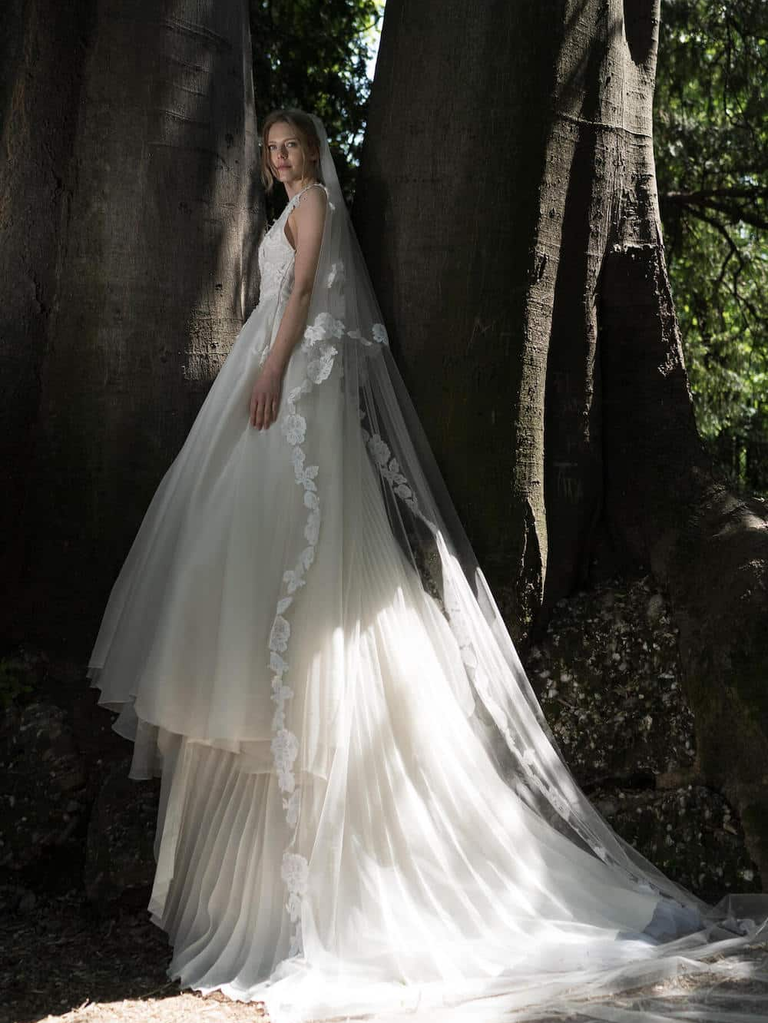### Key Characteristics of 14th Century Italian Wedding Dresses:
1. **Fabric and Color:**
- Wealthy brides would often wear luxurious fabrics such as silk, velvet, and brocade. Colors could vary widely, with popular choices including rich blues, deep reds, and vibrant greens. White was not yet the standard color for weddings; this tradition started with Queen Victoria in the 19th century.
- The use of expensive dye was a sign of wealth and status, so brighter colors were often synonymous with higher social standing.
2. **Cut and Style:**
- Dresses were typically fitted at the torso with a snug bodice, often laced up to emphasize the figure. The skirts were long and full.
- Sleeves could be long and tight or sometimes flared at the ends. An overgown or surcoat, often fur-lined, might be worn over the dress.
- The neckline could vary, but it was generally modest, sometimes adorned with a simple trim or embroidery.
3. **Embroidery and Decoration:**
- Embroidery was a common way to add luxury to a garment. Gold and silver threads were popular among the wealthy.
- Dresses might also be adorned with pearls and precious gemstones, particularly for those of high social standing.
4. **Accessories:**
- Veils were common, often made of fine, lightweight fabrics like silk or linen. A wreath or circlet of flowers might accompany the veil.
- Jewelry was important for those who could afford it, including necklaces, brooches, and belts, often elaborately decorated.
5. **Regional Variations:**
- Northern Italy, being more influenced by the fashions of Northern Europe, might see heavier fabrics and more layering.
- In contrast, the more Mediterranean south preferred lighter fabrics, suitable for the warmer climate.
### Cultural Context:
- **Wedding Celebrations:** Marriages were significant social events, often involving elaborate festivities, especially for the wealthy. They were not just a union of two people but also of two families, and they could be strategic for social and political alliances.
- **Social Display:** Weddings were an opportunity to display wealth and social status, so families might spend lavishly on attire and festivities.
### Modern Interpretations:
Today, when recreating or drawing inspiration from 14th century Italian wedding dresses, designers often focus on luxurious fabrics, detailed embroidery, and historical silhouette, adapting these elements to modern tastes and comfort. These historical styles are popular in historical reenactments, themed weddings, and among enthusiasts of historical fashion.
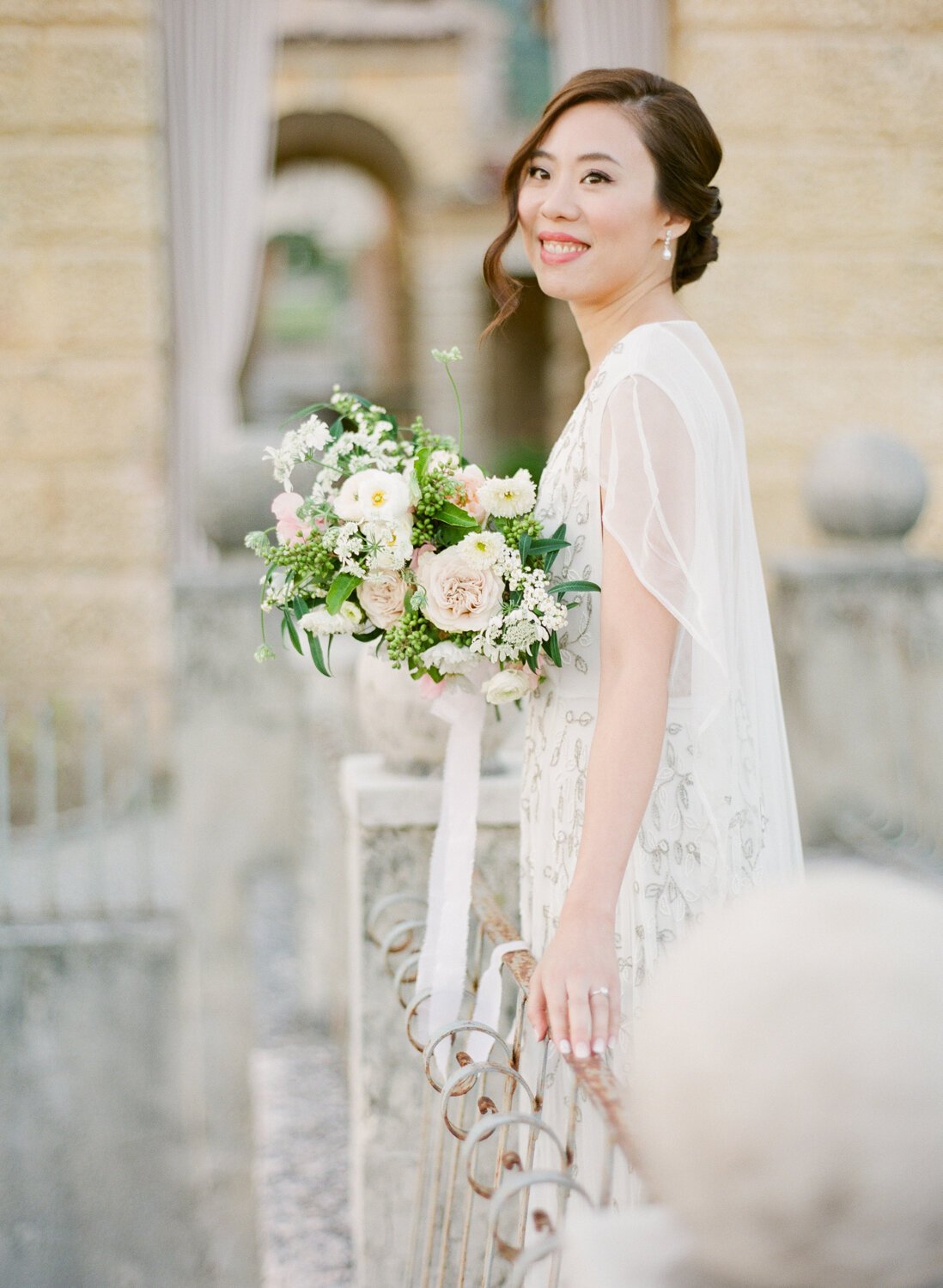
1500 × 1098
Source:https://www.nikolbodnarova.com/pre-wedding-shoot-in-italy-villa-della-torre-allegrini-wedding-photographer
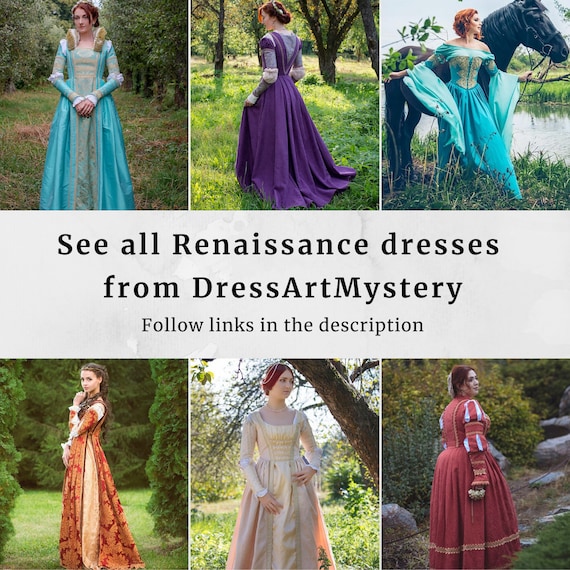
570 × 570
Source:https://www.etsy.com/listing/572645715/blue-velvet-renaissance-dress-16th

465 × 1600
Source:https://www.britannica.com/topic/dress-clothing/Medieval-Europe
1023 × 768
Source:https://www.theknot.com/content/italian-wedding-dress-designers
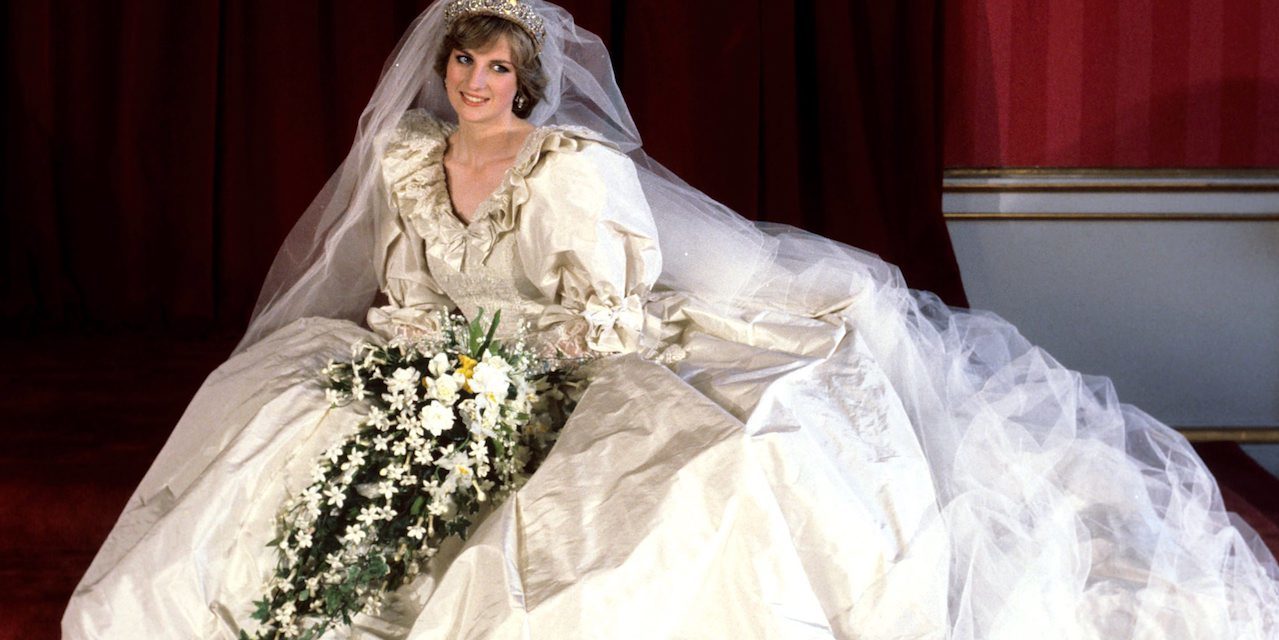
640 × 1279
Source:https://fashionhistory.fitnyc.edu/1981-emanuel-diana-wedding-dress/

231 × 220
Source:https://en.wikipedia.org/wiki/1400%E2%80%931500_in_European_fashion

640 × 427
Source:https://www.aliexpress.com/item/1005006215854584.html

900 × 636
Source:https://eragem.com/news/medieval-wedding-jewelry-attire/
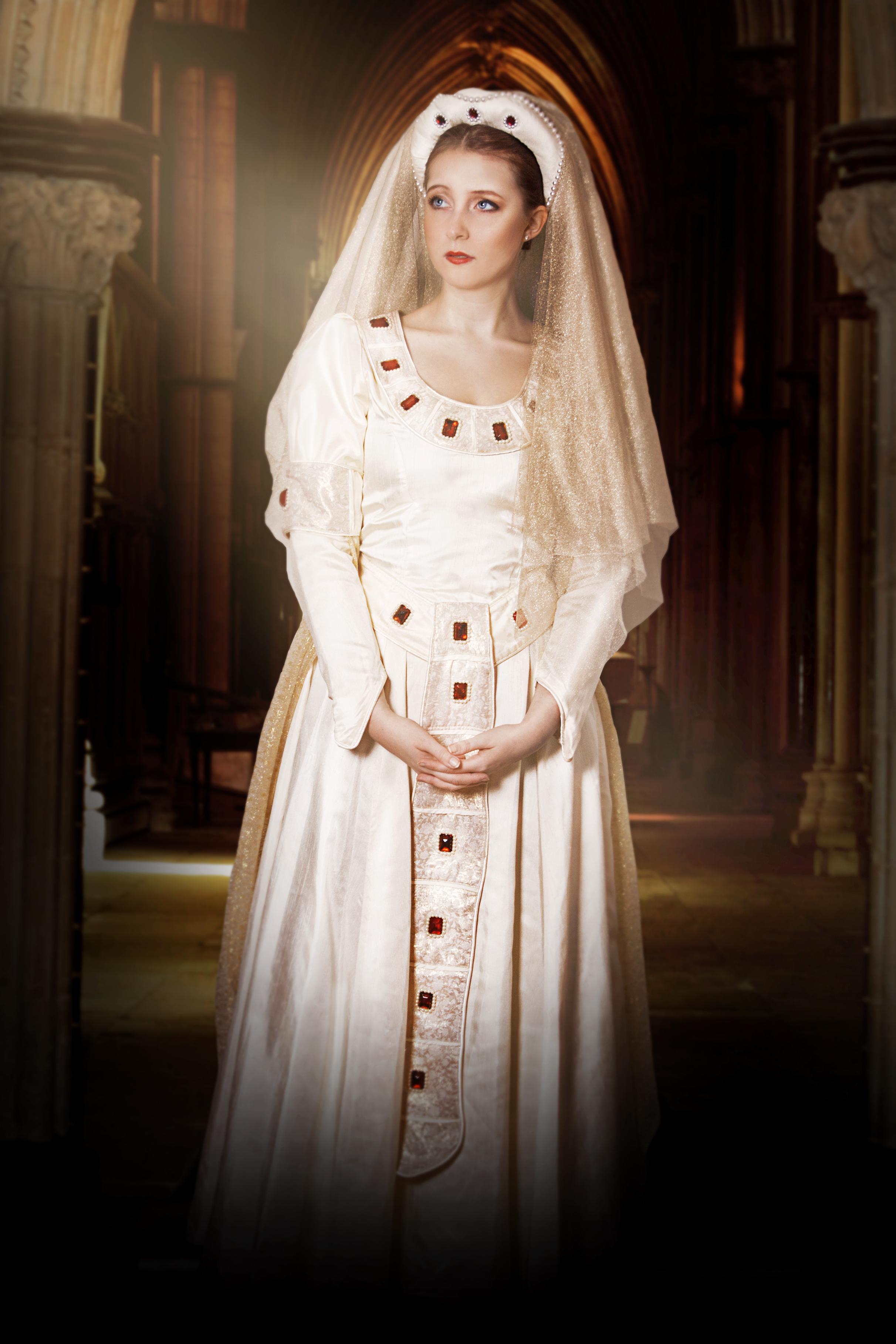
3634 × 2423
Source:https://www.costume-company.co.uk/costume-hire/ladies-gowns

923 × 570
Source:https://www.pinterest.com/pin/88242473933348332/
